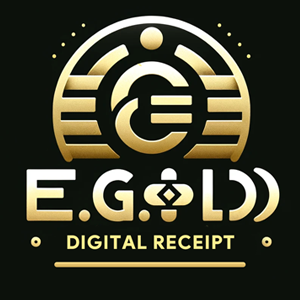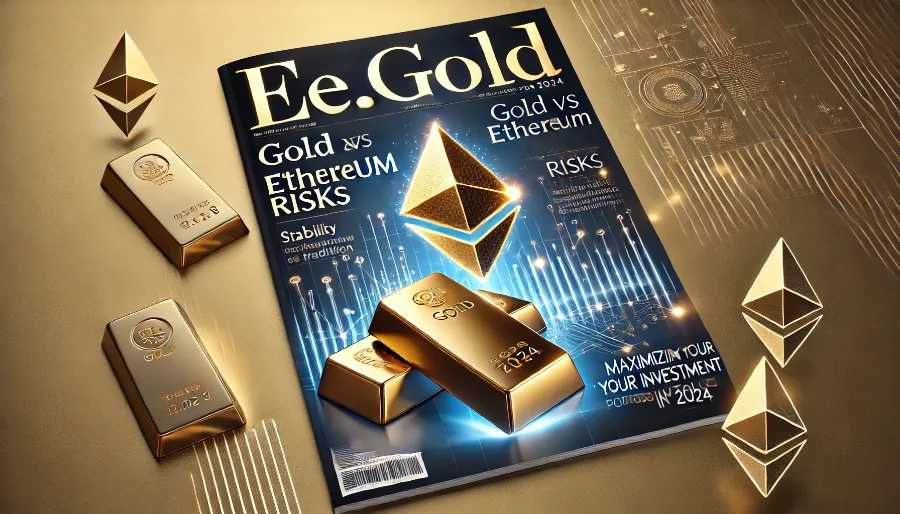
Table of Contents
- Gold Investment Basics: What You Need to Know
- Ethereum Explained: How It Functions as an Asset
- Gold and Ethereum: A Comparison of Key Differences
- Analyzing Gold’s Historical Performance
- Ethereum’s Rise and Future Opportunities
- Assessing Volatility and Risk: Gold vs. Ethereum
- Comparing Liquidity and Accessibility: Gold and Ethereum
- Economic and Technological Impacts of Gold and Ethereum
- Real-World Applications of Gold and Ethereum
- Environmental Impact: Gold Mining vs. Ethereum Mining
- Strategic Portfolio Diversification with Gold and Ethereum
- Tax Considerations for Gold and Ethereum Investments
- Predictions for Gold and Ethereum in 2025
- Gold or Ethereum: Which Investment Suits You Best?
- Common Questions About Investing in Gold and Ethereum
Gold Investment Basics: What You Need to Know
Gold has been a cornerstone of financial stability for centuries, prized for its intrinsic value, scarcity, and universal appeal. It is often used as a hedge against inflation and economic uncertainty. Gold investments can take the form of physical assets like coins and bars or financial instruments like exchange-traded funds (ETFs). Gold’s stability is its greatest asset. While its value tends to rise slowly, it rarely experiences the extreme volatility seen in other markets, making it a reliable store of wealth.
Ethereum Explained: How It Functions as an Asset
Ethereum is a blockchain-based platform that enables decentralized applications (dApps) and smart contracts. Unlike Bitcoin, which primarily serves as a digital currency, Ethereum has broader applications due to its programmable blockchain. Ether (ETH), the native cryptocurrency of Ethereum, is used to power these applications. Ethereum’s technology has revolutionized industries by providing a decentralized alternative to traditional systems. It plays a pivotal role in the growth of decentralized finance (DeFi), non-fungible tokens (NFTs), and blockchain-based solutions.
Gold and Ethereum: A Comparison of Key Differences
Gold is a tangible asset with a stable historical value, while Ethereum is a digital asset driven by technological advancements and adoption. Gold is seen as a “safe haven” during economic instability, whereas Ethereum offers high growth potential but comes with significant volatility. Gold’s value is influenced by factors like inflation and geopolitical events, while Ethereum’s price depends on technological developments, market adoption, and regulatory news.
Analyzing Gold’s Historical Performance
Gold has maintained its value over millennia, providing consistent returns during economic downturns. For example, during the 2008 financial crisis, gold prices surged as investors sought refuge from volatile stock markets. Its historical stability makes gold a favored asset for risk-averse investors.
Ethereum’s Rise and Future Opportunities
Ethereum has demonstrated explosive growth since its launch in 2015. Its versatility in supporting smart contracts and decentralized applications has attracted developers and investors alike. Major upgrades, such as Ethereum 2.0, aim to improve scalability, security, and energy efficiency, potentially driving further adoption.
Assessing Volatility and Risk: Gold vs. Ethereum
Gold is known for its low volatility and consistent performance, making it a safer option for conservative investors. In contrast, Ethereum experiences significant price fluctuations, offering high-reward potential but with increased risk. For example, Ethereum’s price soared from under $100 in 2017 to over $4,000 in 2021, only to see sharp corrections.
Comparing Liquidity and Accessibility: Gold and Ethereum
Both gold and Ethereum are highly liquid, but the methods of trading differ. Gold can be sold through jewelers, banks, or online platforms, while Ethereum is traded on cryptocurrency exchanges. Transactions involving Ethereum are faster, but they require a basic understanding of blockchain technology.
Economic and Technological Impacts of Gold and Ethereum
Gold’s value is deeply rooted in its historical and cultural significance, while Ethereum’s value stems from its technological utility. Ethereum’s blockchain has enabled innovations in finance, supply chain management, gaming, and art, creating new economic opportunities.
Real-World Applications of Gold and Ethereum
Gold is primarily used in jewelry, electronics, and as a reserve asset by central banks. Ethereum, on the other hand, powers decentralized applications, DeFi platforms, and NFTs. Its blockchain facilitates peer-to-peer transactions, eliminating intermediaries and reducing costs.
Environmental Impact: Gold Mining vs. Ethereum Mining
Gold mining has a significant environmental impact, including deforestation and energy consumption. Similarly, Ethereum has faced criticism for its high energy usage due to its proof-of-work (PoW) consensus mechanism. However, Ethereum 2.0’s transition to proof-of-stake (PoS) has significantly reduced its energy consumption.
Strategic Portfolio Diversification with Gold and Ethereum
Combining gold and Ethereum in a portfolio can balance risk and reward. Gold’s stability offsets Ethereum’s volatility, creating a diversified investment strategy. Investors should assess their financial goals and risk tolerance to determine the right allocation.
Tax Considerations for Gold and Ethereum Investments
Gold investments are subject to capital gains tax when sold, and the tax rate depends on the holding period and jurisdiction. Ethereum is also taxable, with gains from trading or staking Ether requiring accurate reporting. Investors should consult tax professionals to comply with regulations.
Future Outlook for Gold and Ethereum
Gold is expected to maintain its role as a safe haven asset, especially during economic instability. Ethereum’s future is tied to technological advancements and increased adoption of blockchain solutions. Its potential for growth remains high, but regulatory developments could shape its trajectory.
Choosing Between Gold and Ethereum
The choice between gold and Ethereum depends on your investment objectives. Gold is ideal for preserving wealth and minimizing risk, while Ethereum suits those seeking innovation and high returns. A balanced approach, investing in both assets, can help mitigate risks while capitalizing on growth opportunities.
FAQs About Investing in Gold and Ethereum
1. Can I invest in both gold and Ethereum?
Yes, diversifying your investments between gold and Ethereum can balance stability and growth potential.
2. Which is safer, gold or Ethereum?
Gold is generally safer due to its historical stability, while Ethereum carries higher risk due to its volatility.
3. How do I store gold and Ethereum?
Gold can be stored in safes or bank vaults, while Ethereum requires a digital wallet for secure storage.
4. What drives Ethereum’s value?
Ethereum’s value is driven by adoption, technological advancements, and market demand.
5. Is gold or Ethereum better for long-term investment?
Gold is better for long-term stability, while Ethereum offers high growth potential but with increased risks.
6. How do I buy Ethereum?
You can buy Ethereum on cryptocurrency exchanges using fiat currency or other cryptocurrencies.
7. Are there environmental concerns with gold and Ethereum?
Yes, both gold mining and Ethereum mining have environmental impacts, though Ethereum 2.0 has reduced its energy consumption.
8. What are the tax implications of investing in Ethereum?
Ethereum investments are taxable, and gains must be reported according to your local tax laws.
9. How does Ethereum compare to Bitcoin?
Ethereum offers broader applications due to its programmable blockchain, while Bitcoin primarily serves as a digital currency.
10. Can Ethereum replace gold as a store of value?
Ethereum has potential as a digital store of value, but gold’s historical stability makes it irreplaceable in many portfolios.
11. Can Ethereum be considered a safe haven like gold?
While gold is a traditional safe haven during economic uncertainty, Ethereum is not yet considered a safe haven. Its value depends on technological adoption and market sentiment, making it less predictable during crises.
12. Is it better to invest in physical gold or gold ETFs?
Physical gold provides tangible ownership and is ideal for long-term holdings, while gold ETFs offer liquidity and convenience for trading without the need for storage.
13. How does Ethereum’s proof-of-stake mechanism benefit investors?
Ethereum’s shift to proof-of-stake (PoS) reduces energy consumption and allows investors to earn staking rewards by participating in network security. This adds an income stream to Ethereum investments.
14. Can gold and Ethereum coexist in the same portfolio?
Yes, combining gold’s stability with Ethereum’s growth potential can create a balanced portfolio that mitigates risk and capitalizes on innovation.
15. How do I decide the allocation between gold and Ethereum?
The allocation depends on your risk tolerance, investment goals, and market outlook. A conservative investor may favor gold, while a risk-tolerant investor may allocate more to Ethereum.
16. What role does geopolitical tension play in gold and Ethereum investments?
Geopolitical tensions often boost gold prices as investors seek safe-haven assets. Ethereum, however, may experience mixed reactions, with some viewing it as a hedge and others avoiding it due to market volatility.
17. Are there alternative blockchain-based gold tokens?
Yes, some platforms offer blockchain-based gold tokens, combining the tangibility of gold with the accessibility of cryptocurrency. These tokens represent physical gold stored in vaults.
18. How do regulatory changes affect Ethereum and gold?
Regulatory changes significantly impact Ethereum, influencing market adoption and price volatility. Gold is less affected by regulations due to its established role in financial systems.
19. Should I invest in Ethereum for passive income?
Yes, Ethereum’s staking mechanism offers an opportunity for passive income, making it a lucrative option for long-term holders seeking additional returns.
20. How can I hedge against inflation using gold or Ethereum?
Gold has been a reliable hedge against inflation for decades. Ethereum, though riskier, is sometimes considered a digital hedge due to its deflationary mechanisms, such as burning transaction fees.
Investing in gold and Ethereum presents a unique opportunity to combine tradition and innovation. By understanding the strengths, risks, and applications of each asset, you can craft a diversified strategy that aligns with your financial goals.
NOTE
This Content is the copyrighted content of EE.GOLD. All rights are reserved. You are welcome to share or use our content only by including direct links to our website. Any other form of reproduction, distribution, or use without proper attribution is strictly prohibited.
This Content is intended solely for educational purposes. The information provided does not constitute financial or investment advice.
Please note that Digital Storage Receipt, Secure Storage Solutions, and Physical Gold Sales are the only services offered by EE.GOLD.
We strictly adhere to government regulations and are firmly against all illegal financial or investment activities globally.
For further inquiries, feel free to contact us through our official channels.

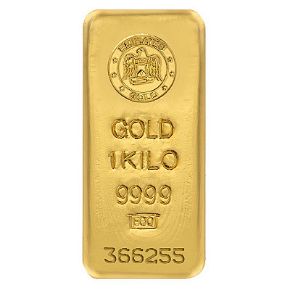
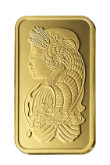




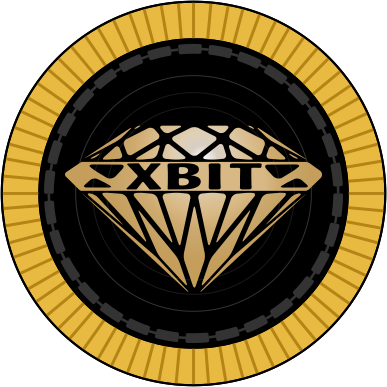


.png)

